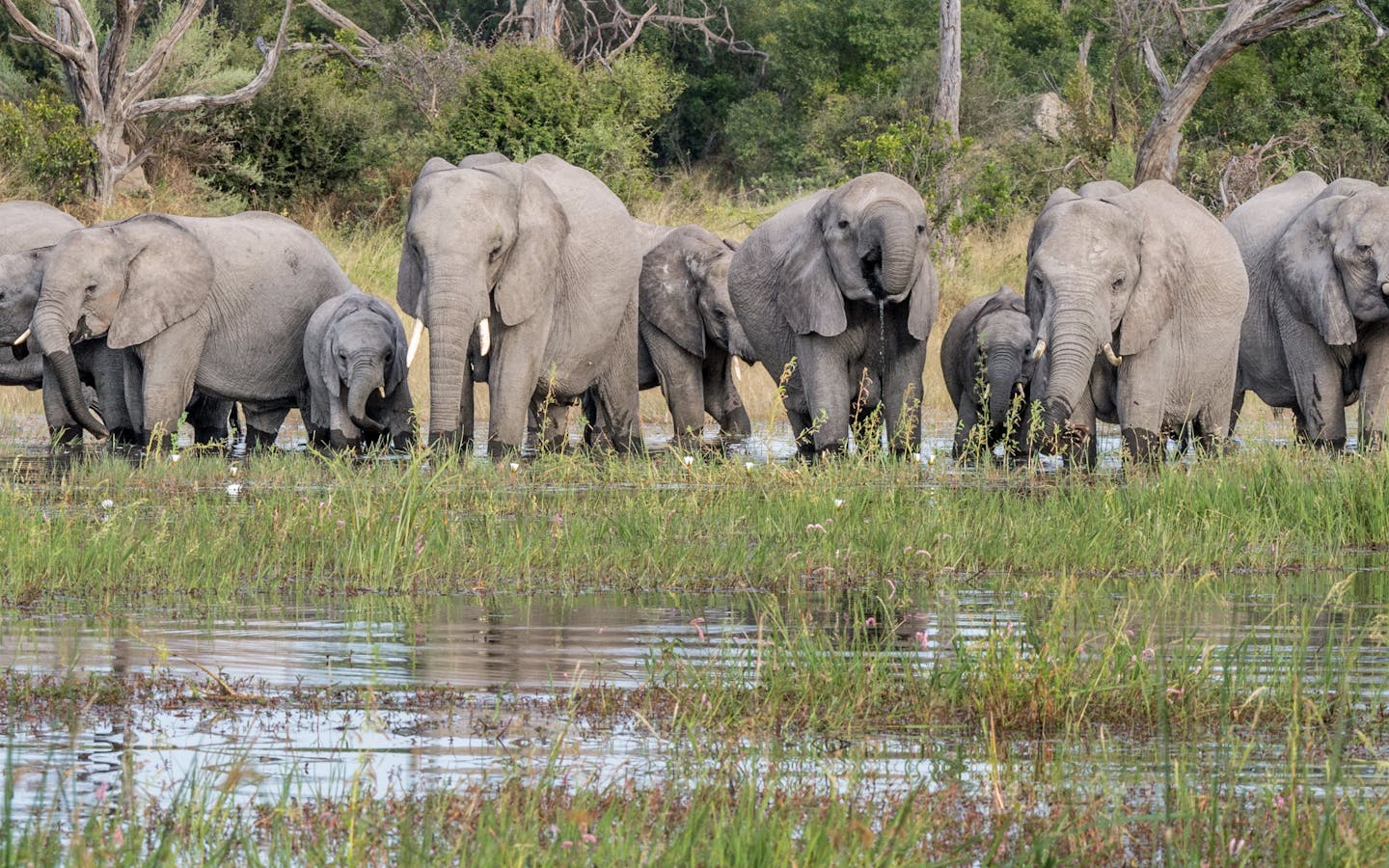
Together, Mastercard and Conservation International have introduced the Wildlife Impact Card global program, which enables consumers to help protect wildlife habitats, including those that are home to many Critically Endangered Species.
Mastercard® Wildlife Impact payment cards are designed to give people with a passion for nature and the environment a way to help protect wildlife and their habitats. This unique card program highlights the urgency for action by having the card’s expiration date reflect the potential extinction date of many Critically Endangered Species.
Mastercard has teamed up with Conservation International to help wildlife and nature thrive together. Mastercard supports Conservation International in protecting and restoring wildlife habitat around the world, including 40 million hectares of landscapes and 4.5 square kilometers of seascapes by 2025. You can help by donating securely at give.mastercard.com.
Visit the Mastercard website to learn more about the Wildlife Impact Card
A full range of Mastercard Wildlife Impact gift cards are available online in the U.S. For each gift card purchased, $1 will be donated to Conservation International. More about the Wildlife Impact Card on mastercard.com.
Banco de Costa Rica has also launched “Carey”, a new debit card as part of the Mastercard Wildlife Impact Card Program highlighting Conservation International Costa Rica Program’s work in the region. The Carey debit card enables consumers to accumulate loyalty points and, in the process, help protect wildlife habitats, including those home to many critically endangered species. This exclusive program also includes the opportunity to visit the Ostional National Wildlife Refuge and Golfo Dulce in Costa Rica. Learn more about “Carey” on mastercard.com.
Your contribution will support community-led wildlife conservation initiatives, cutting-edge science and actions to stop wildlife trafficking.
Mastercard is committed to fostering a sustainable future for all. Our planet is a connected ecosystem, and the preservation of the natural world, the biodiversity and wildlife around us is critical to healthy, sustainable economies.
Mastercard believes an important aspect of that is to protect endangered species and their habitats. That is why they are leveraging the full scale of their business, technology and network of partners and cardholders to create products and services that inspire action towards a more sustainable future.
Why wildlife is important
In addition to their intrinsic, irreplaceable value, species provide critical benefits to support nature and people.
More than half the world’s total gross domestic product (GDP) is moderately or highly dependent on nature and its services.
Three out of every four food crops rely on animals and insects, such as bees, to pollinate them. If pollinators decline, more than US$ 235 billion in agricultural products could be at risk.
Seventy percent of emerging viral diseases have spread from animals to humans. Transmission is accelerated by the global wildlife trade and deforestation.
Wildlife is threatened everyday by habitat loss, pollution, climate change, poaching and trafficking.
How we conserve wildlife
Conservation International has been leading wildlife conservation efforts in partnership with local communities for more than 30 years, with projects covering critical ecosystems across 40 countries. From protecting and restoring natural habitats to measuring and monitoring biological diversity and leveraging science to inform global policy decisions, Conservation International is actively engaged in every aspect of protecting our critical wildlife and natural resources.

Conserving wildlife through improved habitat management
Conservation International has helped support 1,200 protected areas across 77 countries, protecting more than 601 million hectares (1.485 billion acres) of land and sea.
We partner with governments, Indigenous peoples and local communities to preserve biodiversity and protect, restore and improve the management of wildlife habitats. When managed properly, protected areas can sustain biodiversity and healthy ecosystems, restore declining wildlife populations and mitigate climate change. Learn more »

Leveraging science and technology to conserve wildlife
Conservation International leverages innovative science and technology to address threats to species and the ecosystems that are vital to them — and to human well-being. We identify, map, protect and monitor threatened habitats and species — and design and deploy cutting-edge programs to protect them:
- Wildlife Insights – Camera-trap images are the backbone of much wildlife research. The data they provide is critical for crafting smart conservation policies. Wildlife Insights, our breakthrough AI-driven platform, is the world’s largest camera-trap database, currently hosting 11 million images. Led by Conservation International — in partnership with Google and others — Wildlife Insights provides reliable, up-to-date information — including identifying poaching threats and tracking threatened species — to achieve global conservation results.
- Rapid Assessment Program – For more than 20 years, Conservation International’s Rapid Assessment Program has functioned as a biodiversity SWAT team, assembling local and international experts to catalog plant and animal species in critically important habitats around the world, many of which are unexplored. These expeditions — which have led to the discovery of more than 1,400 species new to science — support the creation, expansion and improved management of more than 20 million hectares (nearly 50 million acres) of marine and terrestrial protected areas. Learn more »

Stopping wildlife trade and trafficking
By partnering with governments, nonprofits, businesses and civil society, Conservation International promotes a comprehensive approach to addressing the threats posed by wildlife trafficking. For example:
- United for Wildlife – a partnership between seven international conservation organizations, the Duke of Cambridge and the Royal Foundation – promotes better protection of endangered wildlife, reduces demand for illegal wildlife products, improves law enforcement, engages the private sector and empowers young people to get involved in conservation efforts.
- Conservation International is a co-secretariat of the Elephant Protection Initiative, a unique alliance of 21 African countries dedicated to the conservation of elephants and their habitats through the mitigation and prevention of human-elephant conflict. This effort also protects a diverse range of wild animals and plants, addresses climate change, supports local livelihoods and combats illegal ivory trade.






